‘This Is Hell on Earth’
Eyewitness to a harrowing rescue on the Mediterranean
Photographs by SANTI PALACIOS | TEXT By ANDREW KATZ
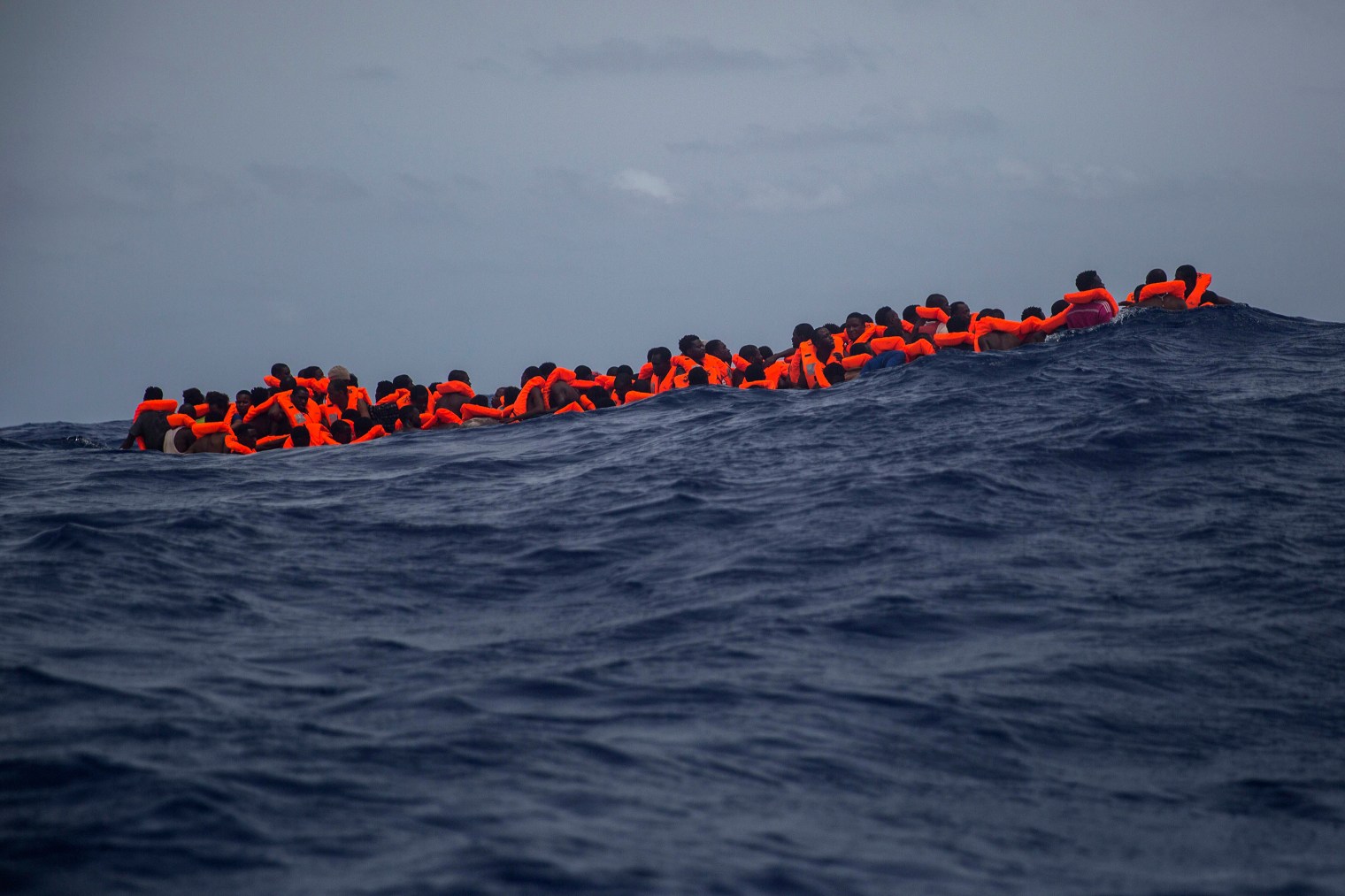 Santi Palacios—AP
Santi Palacios—AP
One hundred and eighty-one people were crammed onto a rubber dinghy meant to hold significantly fewer souls off the coast of western Libya on July 24. By the time Spanish rescuers arrived the next day to the severely deflated vessel, 13 people, including two pregnant women, were dead.
At least 2,365 migrants have been recorded as dead or missing in the Mediterranean this year, according to data released by the United Nations, and 112,021 sea arrivals have been recorded since January, the overwhelming majority to Italy. Last year was the deadliest yet for migrants trying to reach Europe, with more than 5,000 dying along the way. Despite Europe’s attempts to rein in smuggling networks, the boats still come.
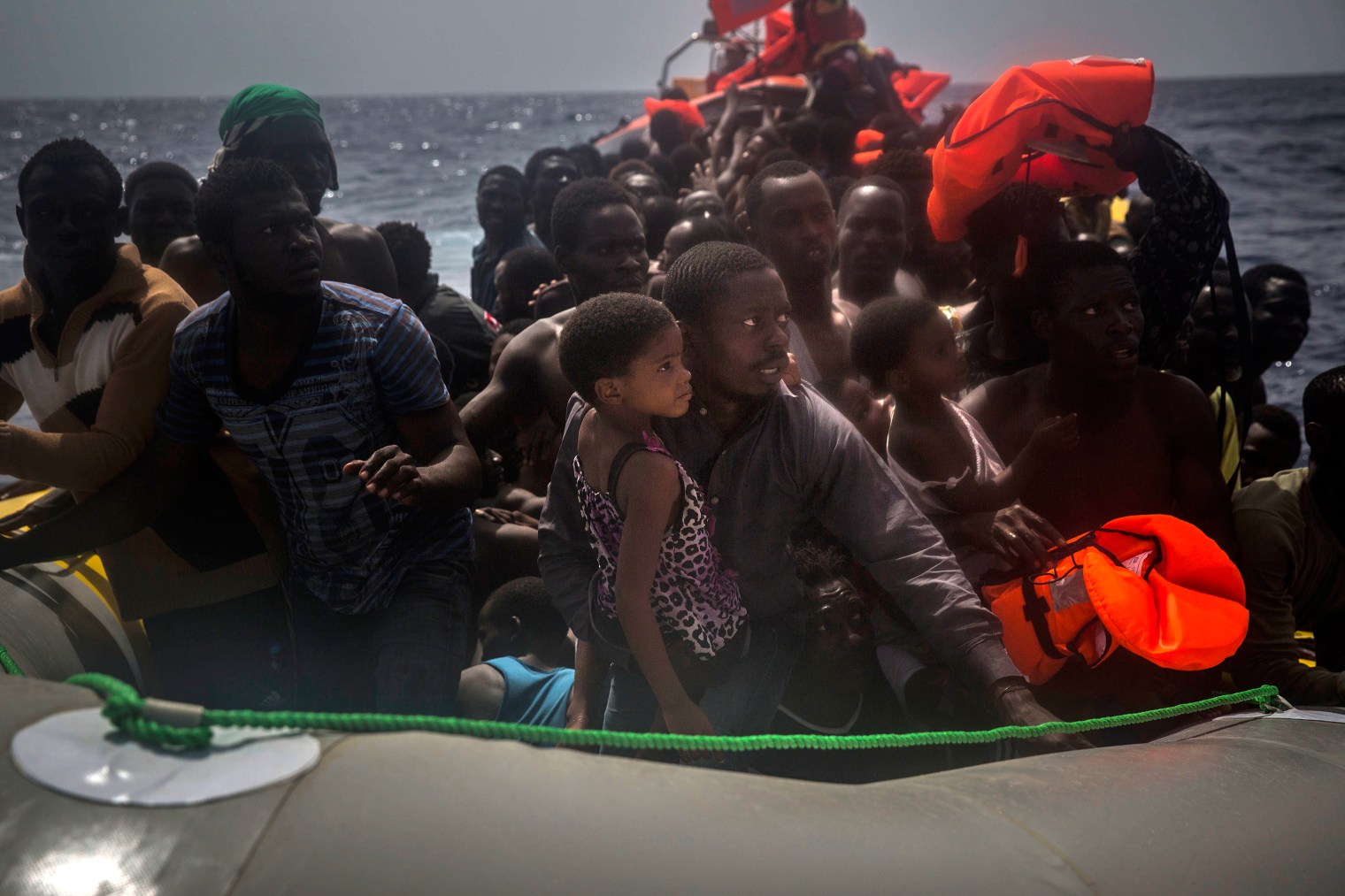 Santi Palacios—AP
Santi Palacios—AP
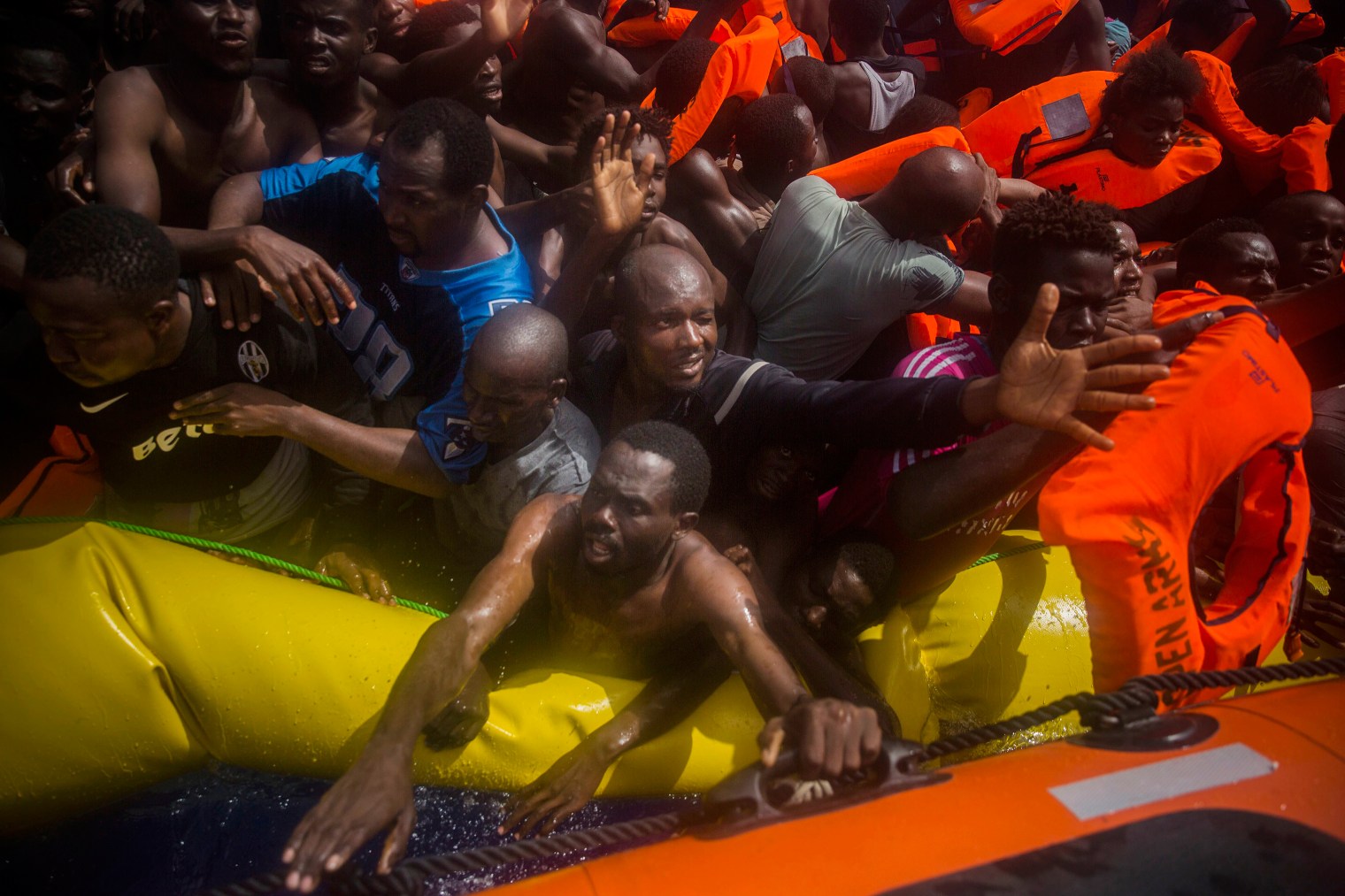 Santi Palacios—AP
Santi Palacios—AP
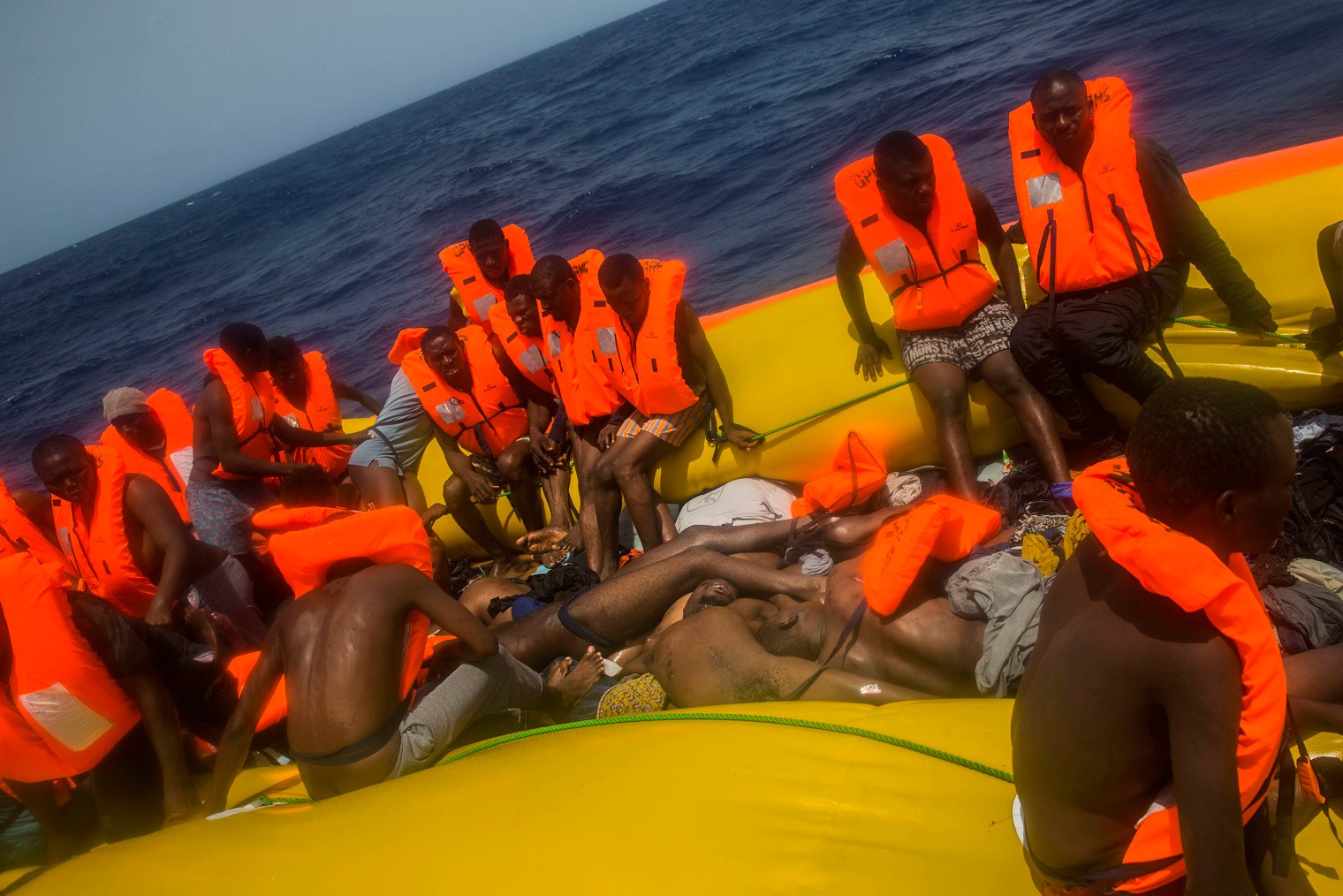 Santi Palacios—AP
Santi Palacios—AP
Santi Palacios, an independent Spanish photojournalist on assignment for the Associated Press, was embedded with Proactiva Open Arms, a Spanish rescue group begun by volunteer lifeguards who responded to the historic influx of asylum-seekers on the shores of Greece two years ago. With rough seas early on July 25, Palacios thought it could be a quiet day. But close to 11 a.m., a call came in about a dire situation 12 miles away. The vessel, named Open Arms, dispatched two speed boats that raced to the scene.
“We could very easily see that something was wrong, that something was not normal,” Palacios told TIME in the hours after the scene unfolded. The rescuers attempted to bring calm and distributed life jackets before disembarkation could begin. “It wasn’t until we took these four kids with us on our speed boat—and one woman to take care of them—that we really started hearing there were bodies inside.”
“Mama! Mama!” Palacios recalled the children shouting through tears.
As he and the rescuers tried to give the children water and play with them, the woman said their mother was among the dead.
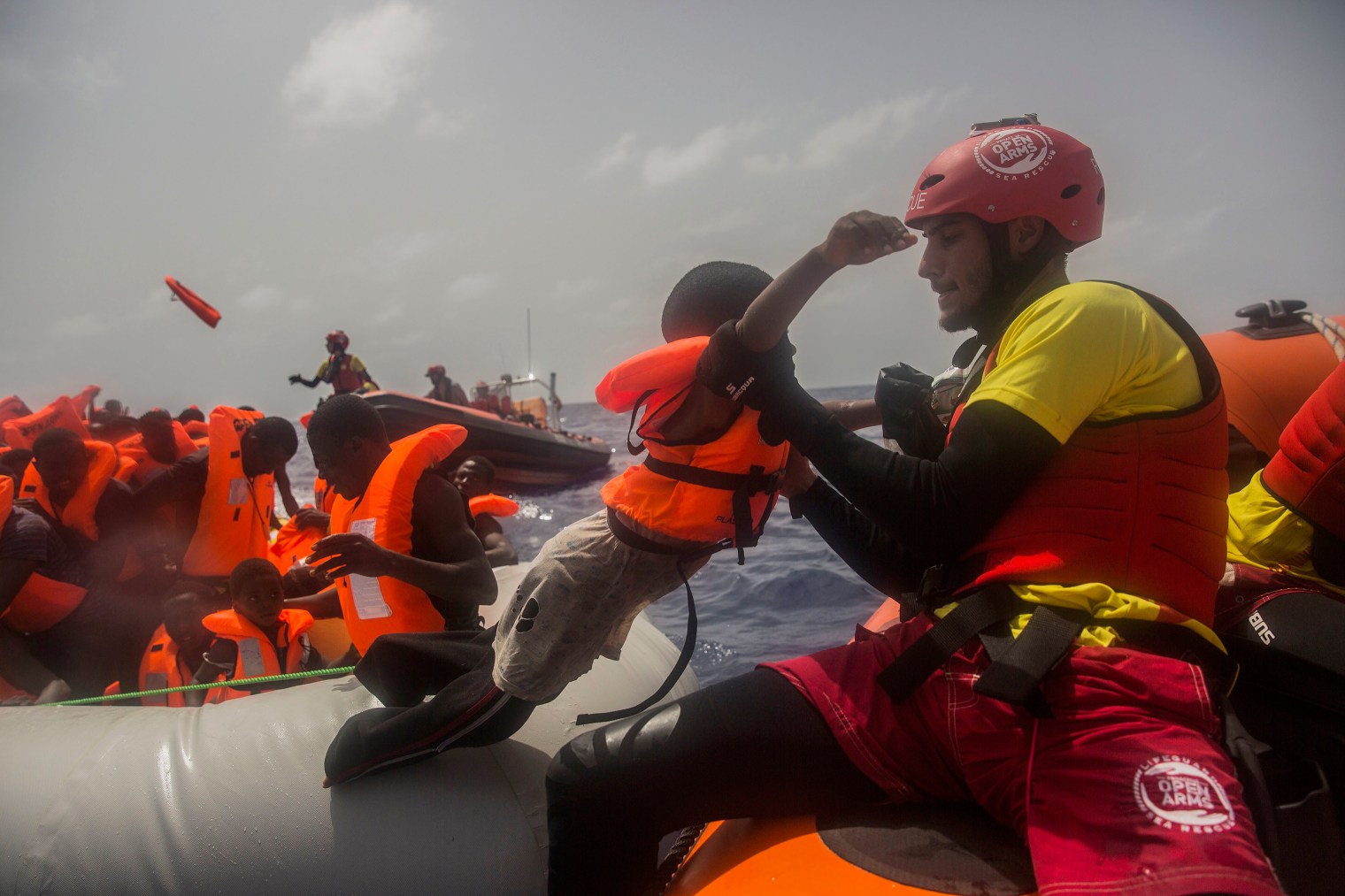 Santi Palacios—AP
Santi Palacios—AP
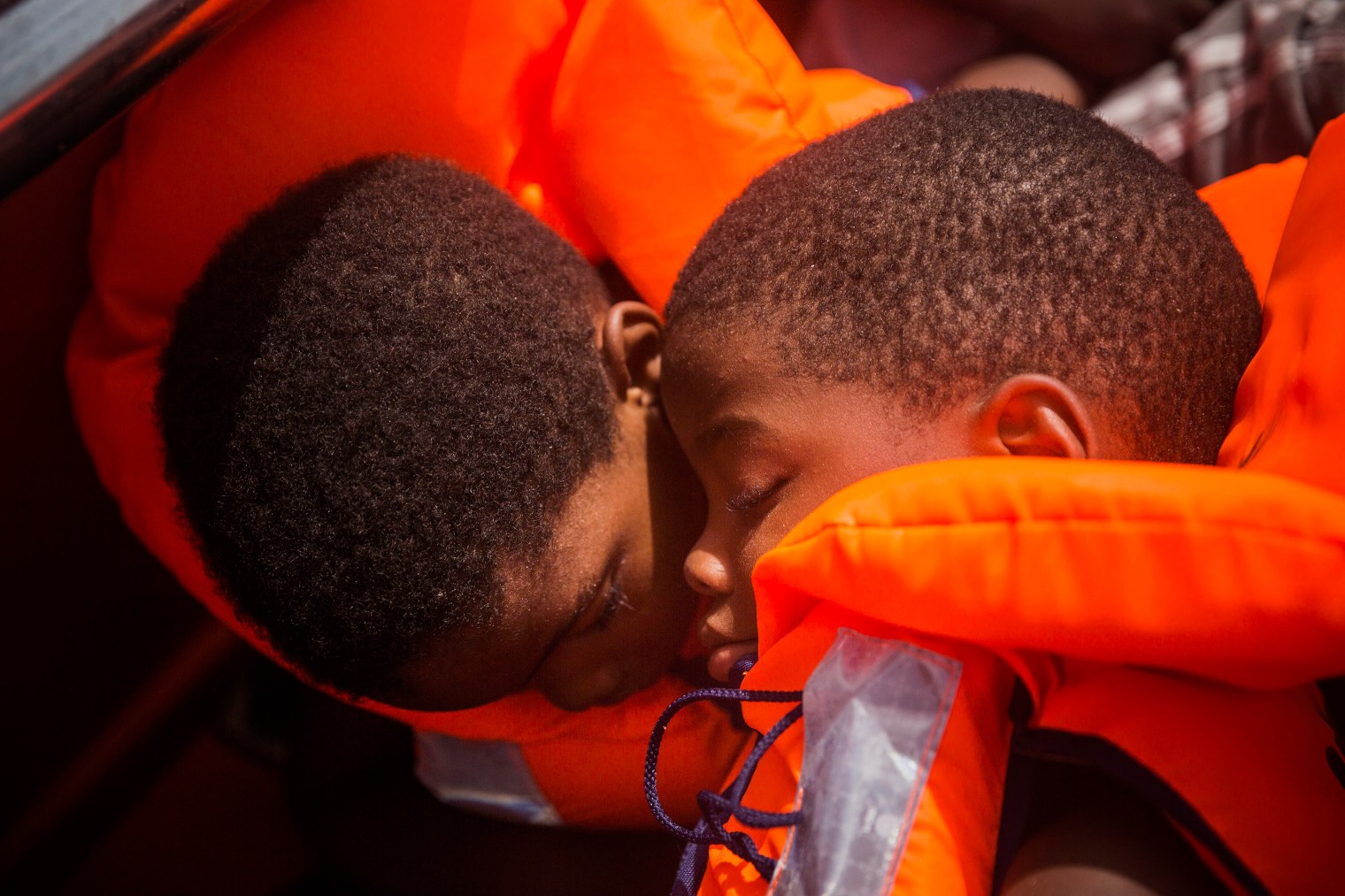 Santi Palacios—AP
Santi Palacios—AP
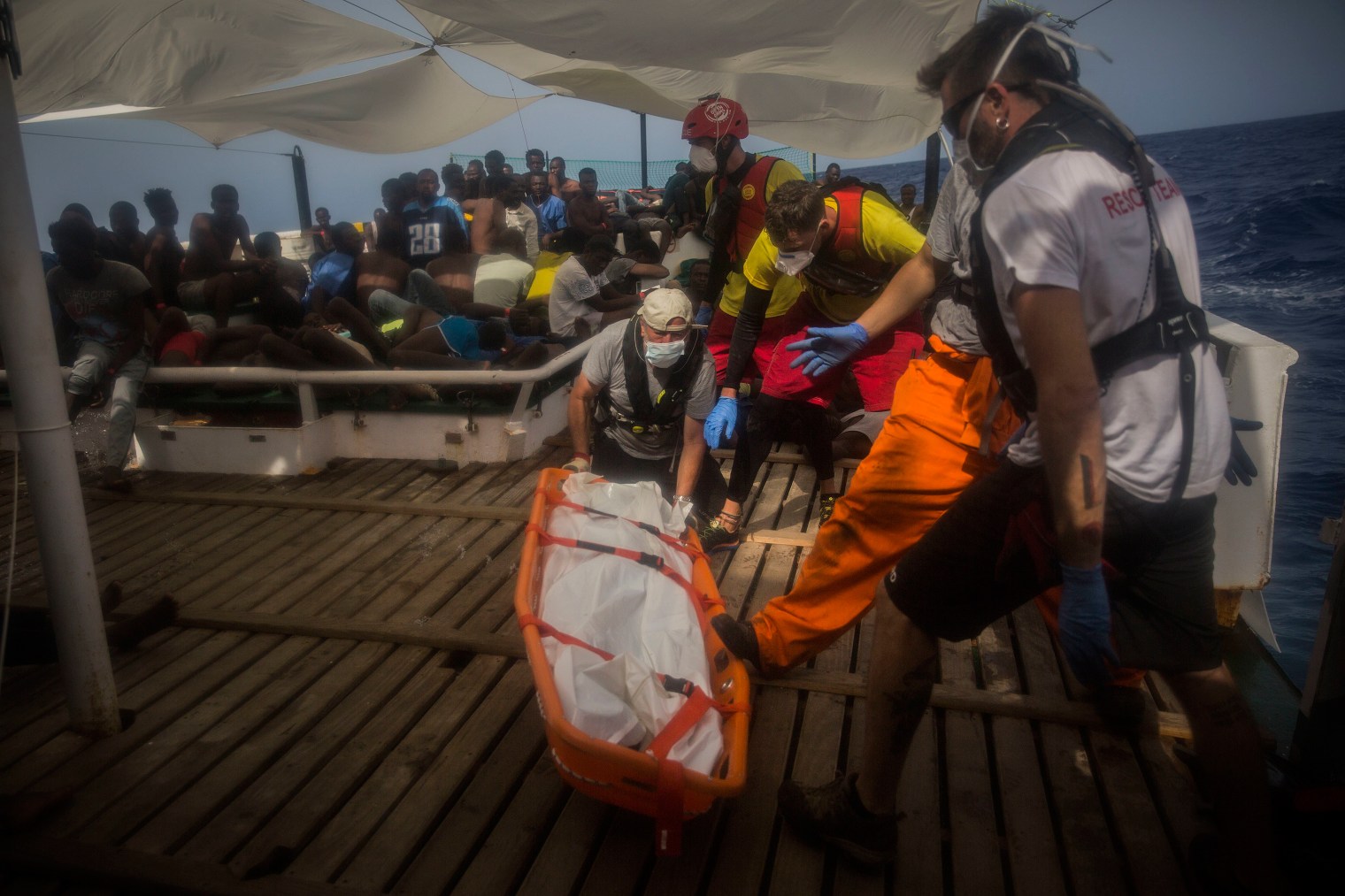 Santi Palacios—AP
Santi Palacios—AP
It took about two hours to get the survivors into life jackets and off the boat, which had lost most of its air, and then a few more hours to remove and transfer the bodies. The survivors and the dead largely hailed from Nigeria, Sudan and Ghana, according to Riccardo Gatti, the head of mission aboard the vessel. Five of the dead were men; the other eight were women, including two who were pregnant.
Gatti said Proactiva’s medical team believed the deaths occurred after the migrants slouched to the floor, possibly due to seasickness, then asphyxiated after inhaling fumes from the fuel that mixed with the salt water. The dinghy was so crowded that others may not have noticed. “They didn’t die by drowning outside the boat,” Gatti said, “but drowning inside the boat.”
Bruises on some of the women, along with psychological distress, indicated they had been sexually assaulted prior to leaving Libya, Gatti said. At least two women confirmed the assaults to medical workers onboard. “Looking in their eyes,” Palacios said, “the words that came to my mind was ‘this is hell on Earth.’”
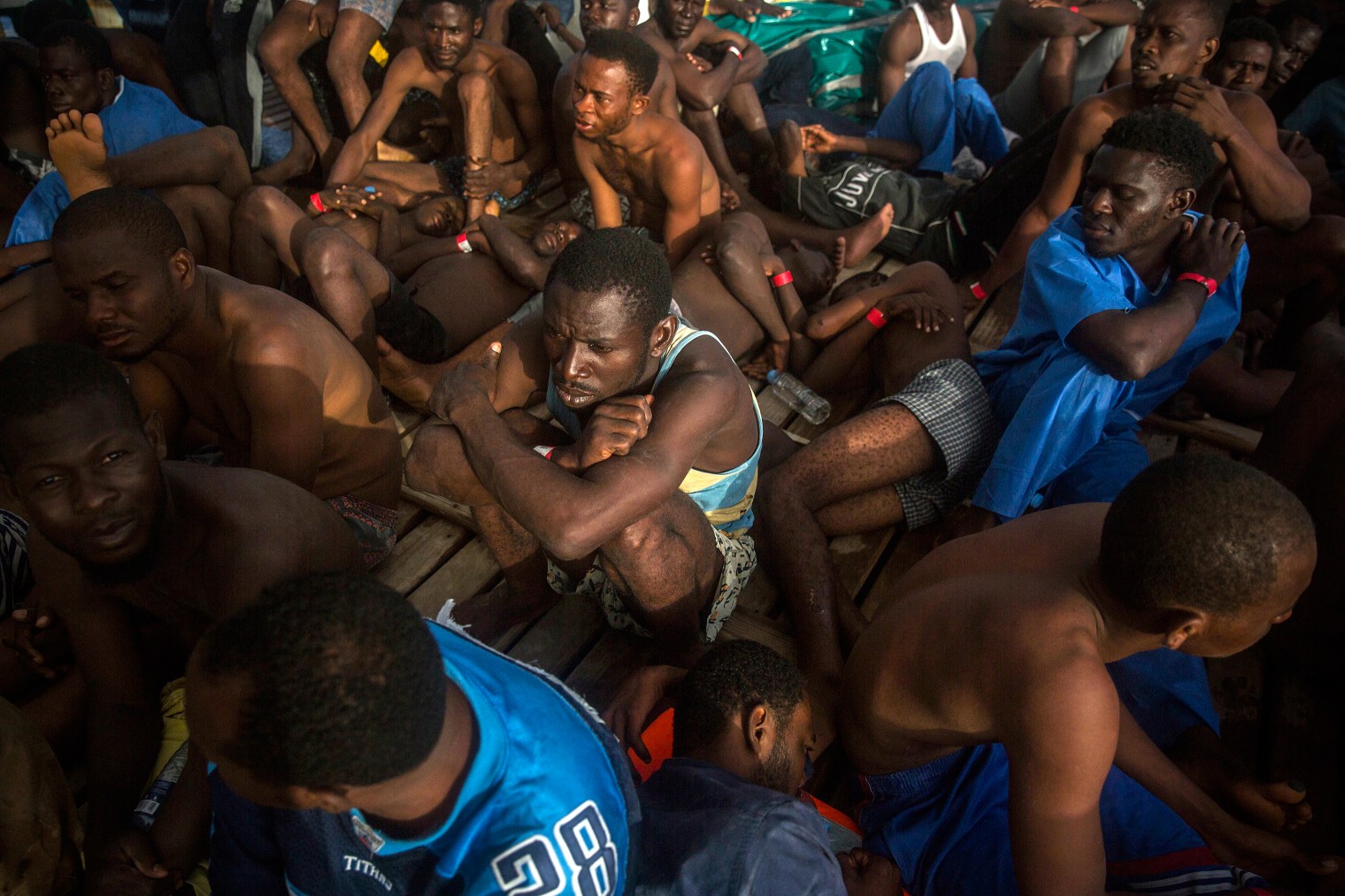 Santi Palacios—AP
Santi Palacios—AP
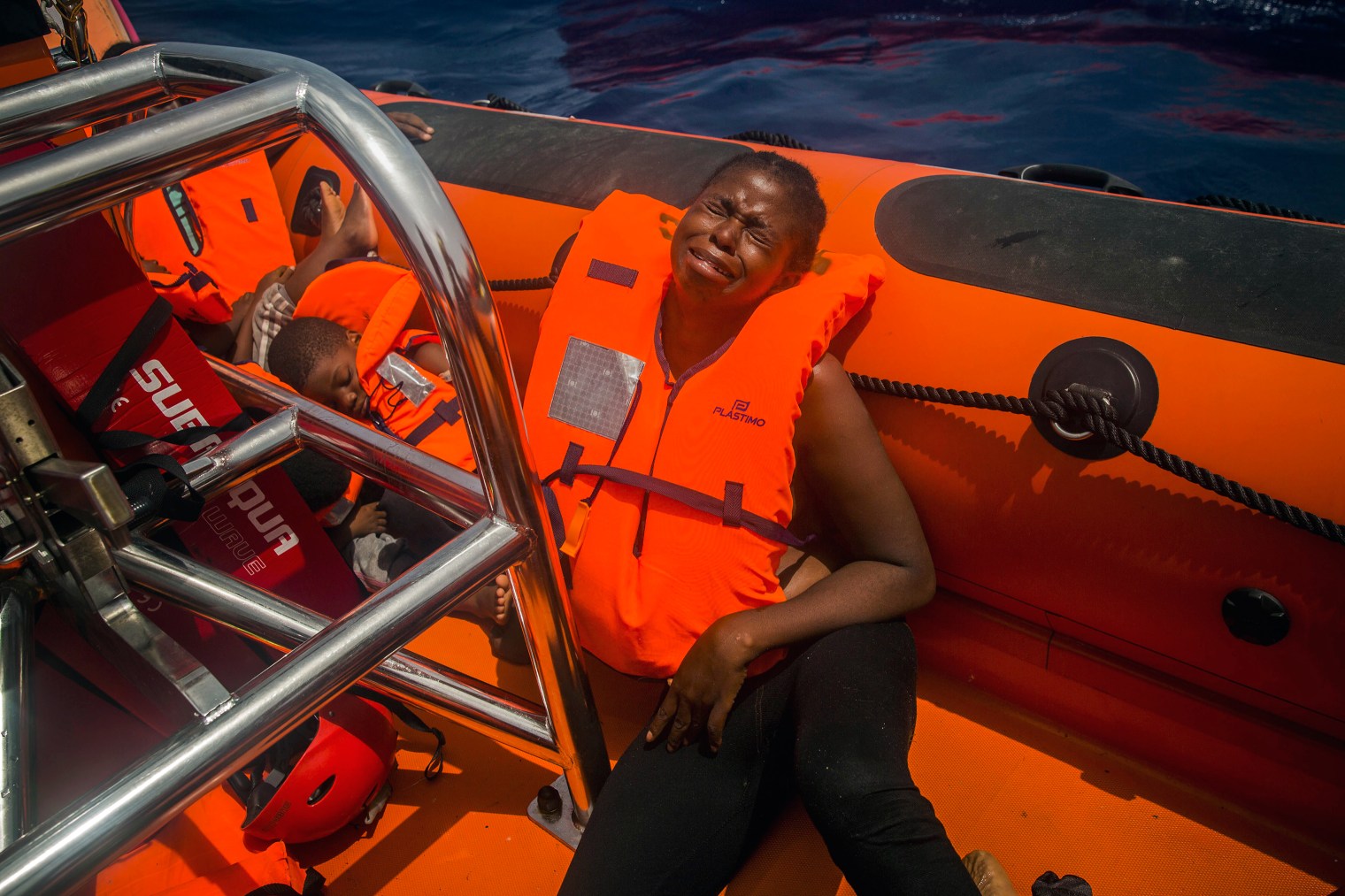 Santi Palacios—AP
Santi Palacios—AP
One particularly graphic image, not included here, was posted to Palacios’ Facebook page on Tuesday: a direct shot over a pile of intertwined corpses—mostly naked, with limbs unnaturally contorted, on the floor of the boat. It was certainly hellish but, he felt, representative of the reality at sea.
The picture was quickly and widely shared, and apparently caught the attention of the social network’s monitoring group. The photographer said he was informed by Facebook that his image was removed due to a violation of its policy on nudity. Other photographers who shared Palacios’ image noted it had disappeared from their pages too. The next day, it reappeared. By Wednesday afternoon it had been shared more than 5,000 times.
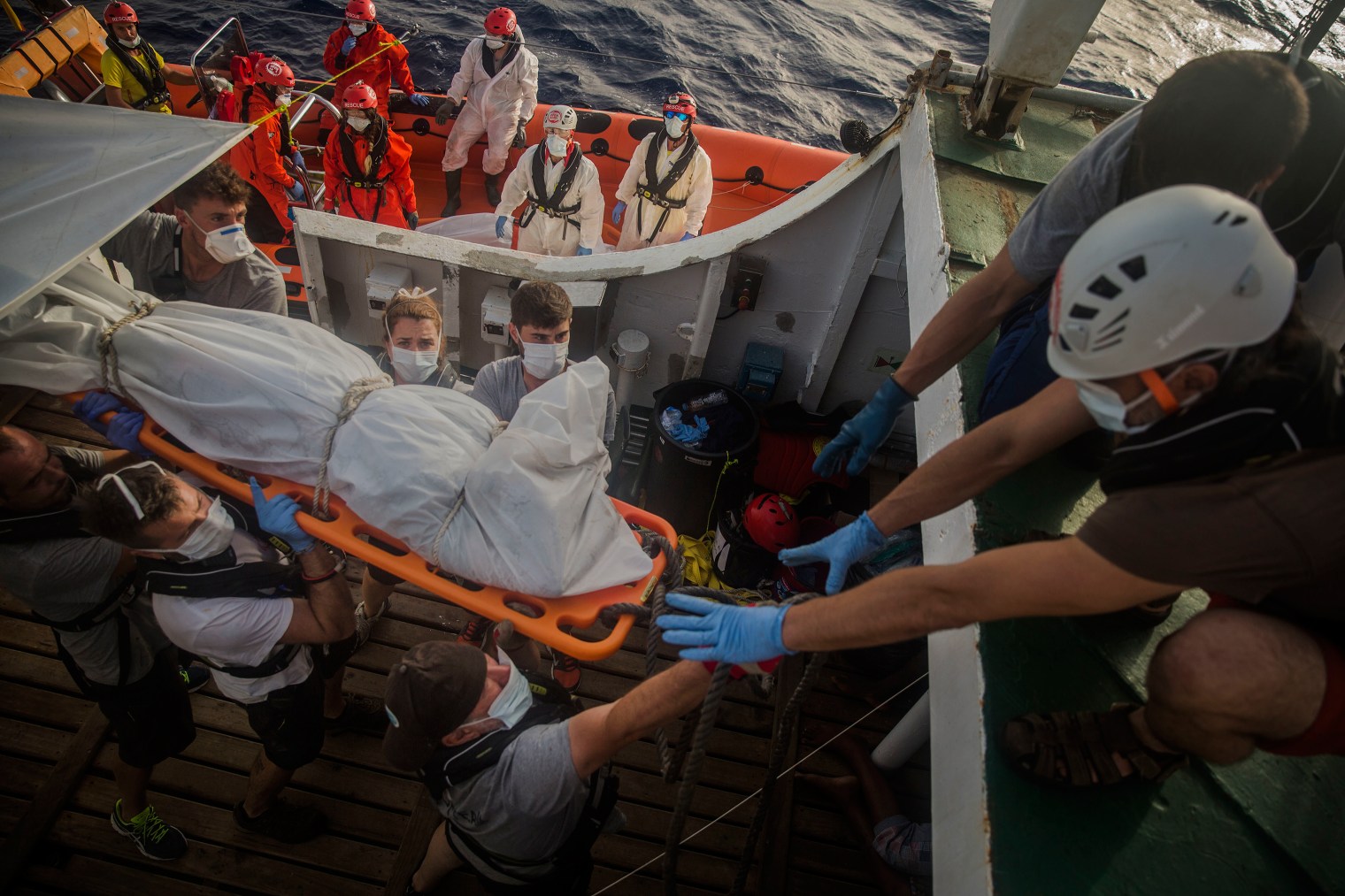 Santi Palacios—AP
Santi Palacios—AP
It was after nightfall on Tuesday when Gatti and I spoke by telephone, the signal occasionally cutting out. Asked whether he had spoken yet with survivors, who were sleeping after being provided meals and blankets, he said the discussions usually take place the following day, when they have had time to rest and the shock has begun to fade. In the morning they would be transferred to another vessel bound for Italy.
The four children—Gatti said the oldest was age 5 and the youngest, maybe 10 months—were each being looked after by four women who survived alongside them. “Four little kids,” he muttered. “Their mother is dead.”
Proactiva open arms is a spain-based rescue group operating in the mediterranean. read about their mission.
Santi Palacios is an award-winning independent photojournalist based in barcelona who often focuses on migration. follow him on instagram: @santipalacios.
andrew Katz is time‘s Senior multimedia Editor and focuses on international coverage. follow him on twitter: @katz.